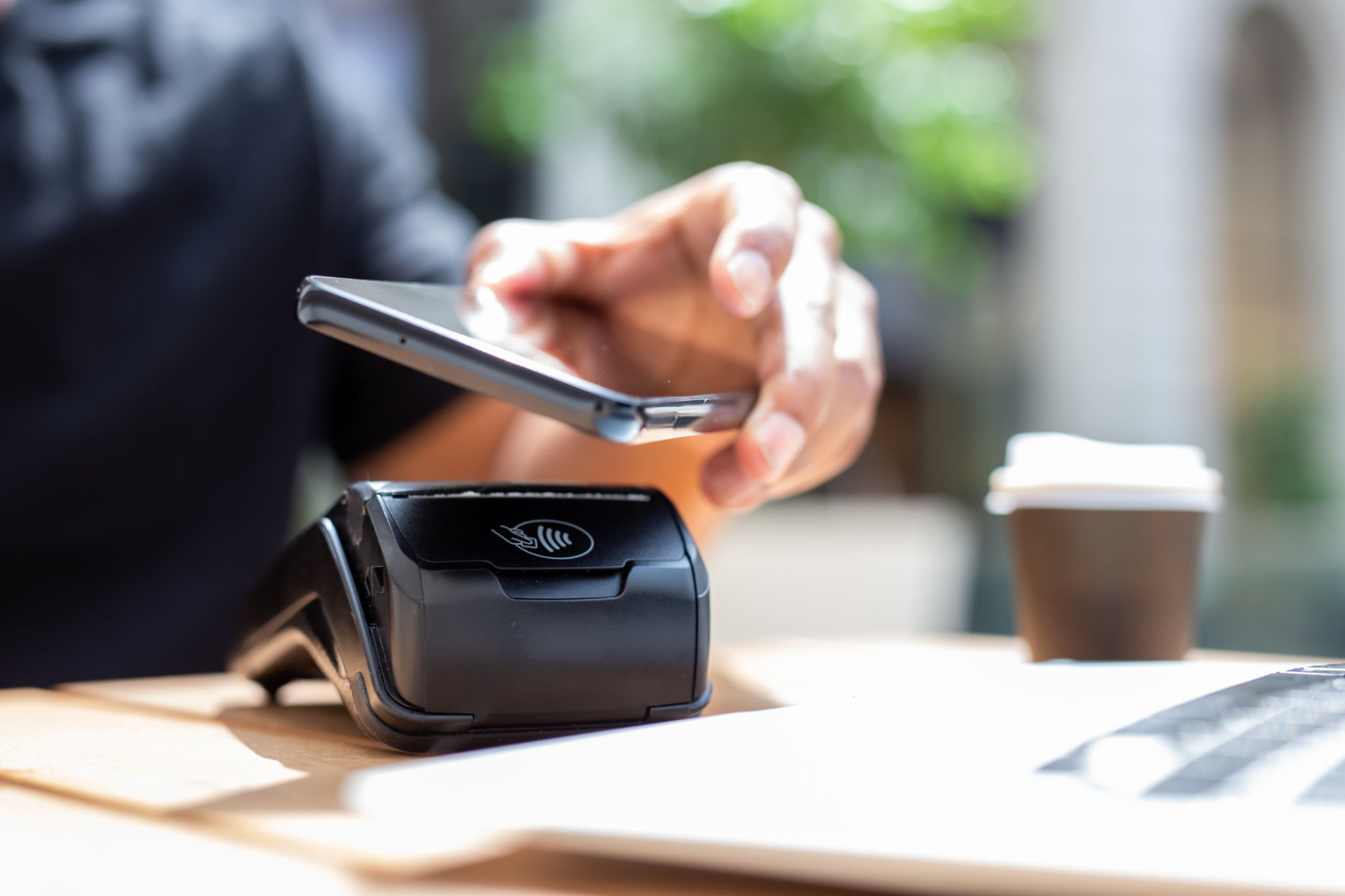Contactless Payments: Transforming Merchant Revenue Streams in Oman
The Rise of Contactless Payments in Oman
The financial landscape in Oman is experiencing a significant transformation, with contactless payments at the forefront. As technology evolves, consumers and businesses alike are increasingly adopting these payment methods due to their convenience and security. This shift is not only changing how transactions are conducted but also reshaping the revenue streams for merchants across the country.
Traditionally, cash dominated the market in Oman. However, with the advent of modern payment technologies, there's been a noticeable shift towards digital transactions. Contactless payments, in particular, offer a seamless experience that appeals to both consumers and merchants, making them an integral part of the financial ecosystem.

Benefits for Merchants
For merchants, embracing contactless payments means more than just keeping up with technological trends. It opens up new avenues for growth and profitability. Here are some key benefits:
- Increased Transaction Speed: Contactless payments significantly reduce the time taken per transaction, allowing businesses to serve more customers efficiently.
- Enhanced Customer Experience: The ease and speed of contactless transactions improve customer satisfaction, which can lead to increased loyalty and repeat business.
- Reduced Cash Handling: With fewer cash transactions, merchants can decrease the costs and risks associated with handling physical money.
These advantages position merchants to capitalize on the growing preference for digital payments among consumers, thereby boosting their revenue streams.
Consumer Trends Driving Adoption
The demand for contactless payments in Oman is driven by several consumer trends. As more individuals become tech-savvy and prioritize convenience, the reliance on digital payment options grows. Additionally, the ongoing global pandemic has accelerated the need for contactless solutions, as people seek to minimize physical contact during transactions.

Another factor contributing to this trend is the widespread use of smartphones and wearables equipped with Near Field Communication (NFC) technology. These devices make it easy for users to make purchases with a simple tap, further encouraging the adoption of contactless payments.
The Role of Financial Institutions
Financial institutions in Oman play a crucial role in facilitating the transition to contactless payments. By collaborating with technology providers, banks can offer innovative solutions that meet the evolving needs of both consumers and merchants. This includes developing secure platforms for transactions and ensuring widespread availability of contactless-enabled point-of-sale (POS) terminals.
Moreover, financial institutions are actively promoting contactless payments through various initiatives and incentives, such as cashback offers and discounts, to encourage more consumers and businesses to make the switch.

Future Prospects and Challenges
As contactless payments continue to gain traction in Oman, the future looks promising for both merchants and consumers. The ongoing advancements in payment technology, coupled with increasing consumer acceptance, are likely to drive further growth in this sector.
However, challenges such as cybersecurity threats and the need for widespread infrastructure development remain. Merchants and financial institutions must work together to address these issues and ensure a safe and efficient payment environment for all stakeholders.
In conclusion, contactless payments are not just a trend but a pivotal change in Oman's financial landscape. By embracing these technologies, merchants can unlock new revenue streams and enhance customer experiences, ultimately shaping a future where digital transactions become the norm.